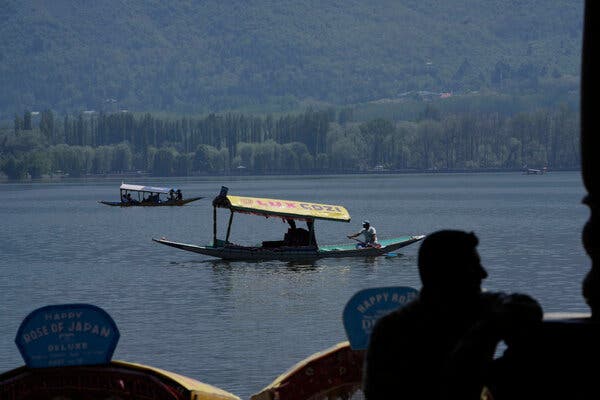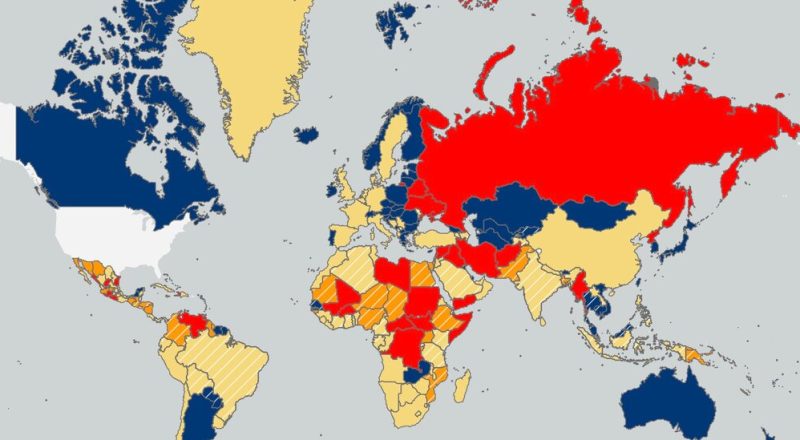The deadly terrorist attack in the Indian-administered region of Kashmir on April 22 prompted the U.S. State Department to issue an alert for the area, which was already under its highest-level travel advisory, urging travelers to avoid the area until it is deemed safe.
Jammu and Kashmir, as the region is officially known, along with several other areas in India, is under a “Do Not Travel” advisory, alongside countries like Ukraine and South Sudan on the U.S. list of destinations with the highest security risks. India as a whole, meanwhile, is under a Level 2 advisory, which encourages travelers to be aware of risks and exercise greater caution.
Here is an overview of the travel advisory system and how it works:
What the advisories convey
The State Department regularly updates the advisories, which assign safety rankings for every country. The advisories include entry and exit instructions, safety risks in the country, health conditions and documentation requirements.
Each country’s page also tells travelers if they need vaccines or tourist visas to enter, passport validity deadlines and any restriction on how much cash they can carry in.
Some countries, like India, have regional or state-level advisories that may differ from the country as a whole. The Philippines, for example, has different advisory levels by island or province.

Violence in Indian-administered Kashmir has led the U.S. State Department to give the area a safety advisory that differs from the country as a whole.Credit…Mukhtar Khan/Associated Press
